Stone fruits are fruits with a hard pit, or “stone,” in the middle, surrounded by juicy flesh. The stone isn’t the seed itself—it’s more like a shell that holds the seed inside. You might also hear these fruits called drupes. Their skins are usually thin and can feel either smooth, like cherries, or fuzzy, like peaches. Some stone fruits are called freestone, meaning the flesh comes off the pit easily, while others are clingstone, where the fruit clings tightly to the pit.
To give you a clearer picture of stone fruits, here are 23 familiar examples, along with explanations of why they qualify as stone fruits and a few interesting details about each.
Common Stone Fruits
1. Peach
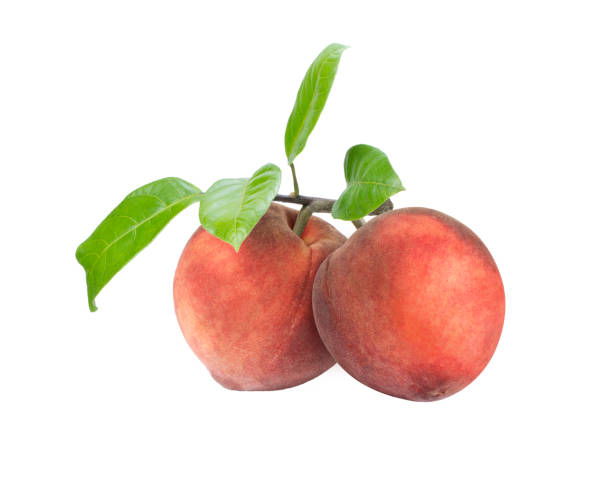
Peaches are one of the best-known stone fruits, with a hard pit inside that holds the seed. Their flesh can be sweet and juicy, wrapped in fuzzy skin that ranges from golden yellow to blushed red. Beloved worldwide, peaches are eaten fresh, baked in pies, or turned into preserves. They belong to the same family as nectarines, plums, and cherries, making them classic examples of drupes as well.
2. Plum
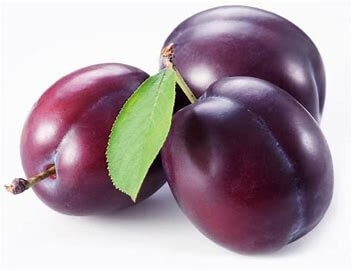
Plums come in many colors, from deep purple to bright yellow, and always hide a firm stone at the center. As one of the earliest fruits domesticated by humans. Their juicy, tangy-sweet flesh makes them versatile in cooking. That single pit inside is what defines plums as stone fruits, placing them alongside peaches and cherries in the Prunus family.
3. Cherry

Cherries may be small, but they pack plenty of flavor — either sweet and juicy or tart and tangy. Like all stone fruits, cherries contain a hard pit surrounded by soft, fleshy fruit. Their vibrant red or dark shades make them a seasonal favorite in both savory and sweet dishes.
4. Apricot

Apricots look like miniature peaches, golden-orange with a velvety skin and a hint of red blush. Inside, you’ll find the hallmark of a stone fruit: a hard pit enclosing the seed. Apricots are sweet with a touch of tang, enjoyed fresh, dried, or cooked into jams. Rich in vitamins and antioxidants, they’ve been cherished for centuries both as a food and for their health benefits.
5. Nectarine
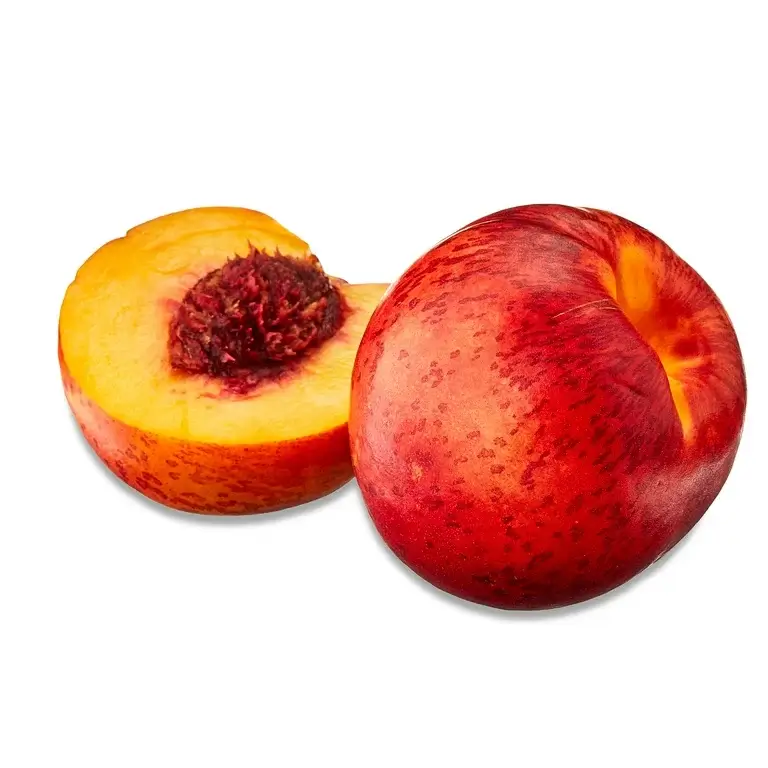
Nectarines are close relatives of peaches, but their skin is smooth instead of fuzzy. Like all stone fruits, they contain a central pit that makes them part of the drupe family. Juicy, sweet, and slightly tart, nectarines are delicious fresh, grilled, or baked. Originally domesticated in China thousands of years ago, they remain a summer staple today, prized for their refreshing flavor and versatility in cooking.
6. Mango
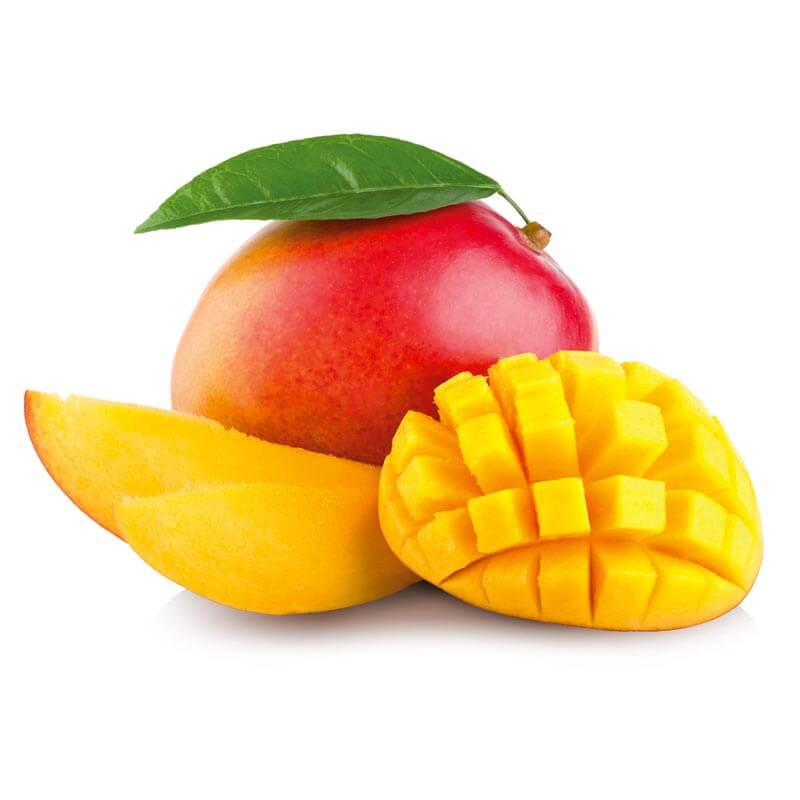
The mango (Mangifera indica) is a tropical stone fruit native to South Asia, especially India, Bangladesh, and Myanmar. Cultivated for thousands of years, it has produced hundreds of cultivars with varied sizes, shapes, colors, and sweetness. The juicy flesh ranges from pale yellow to deep orange. Revered as a cultural and culinary symbol, it is the national fruit of India, Pakistan, and the Philippines, and the national tree of Bangladesh.
7. Olive
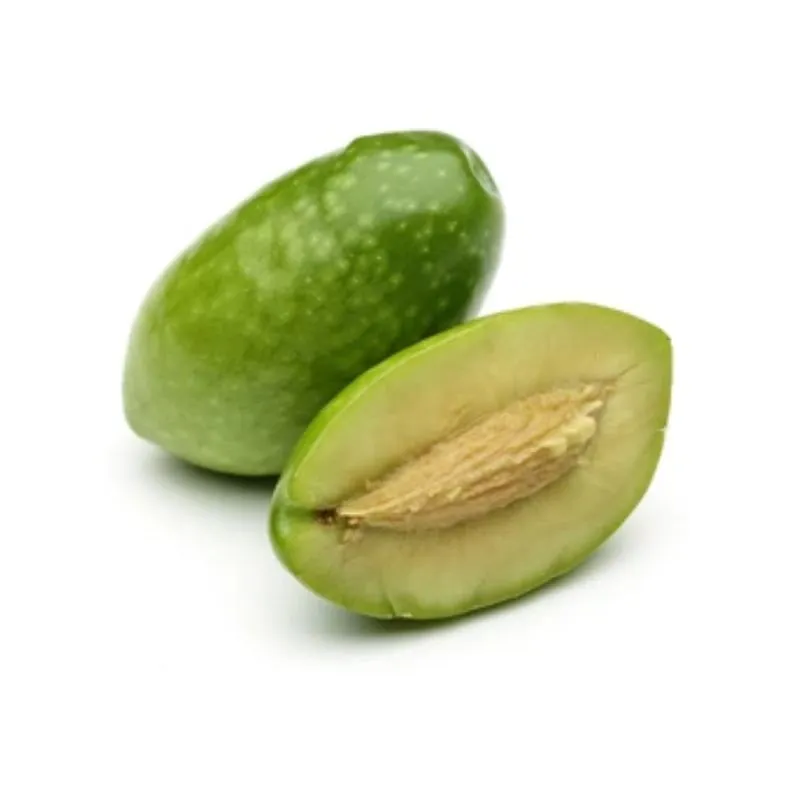
The olive is a small drupe, usually 1–2.5 cm long. Wild olives tend to be smaller and have less flesh than cultivated varieties. They are typically harvested when green to purple in color. Inside, the fruit contains a single hard seed, often called a “pit” in American English and a “stone” in British English.
8. Date
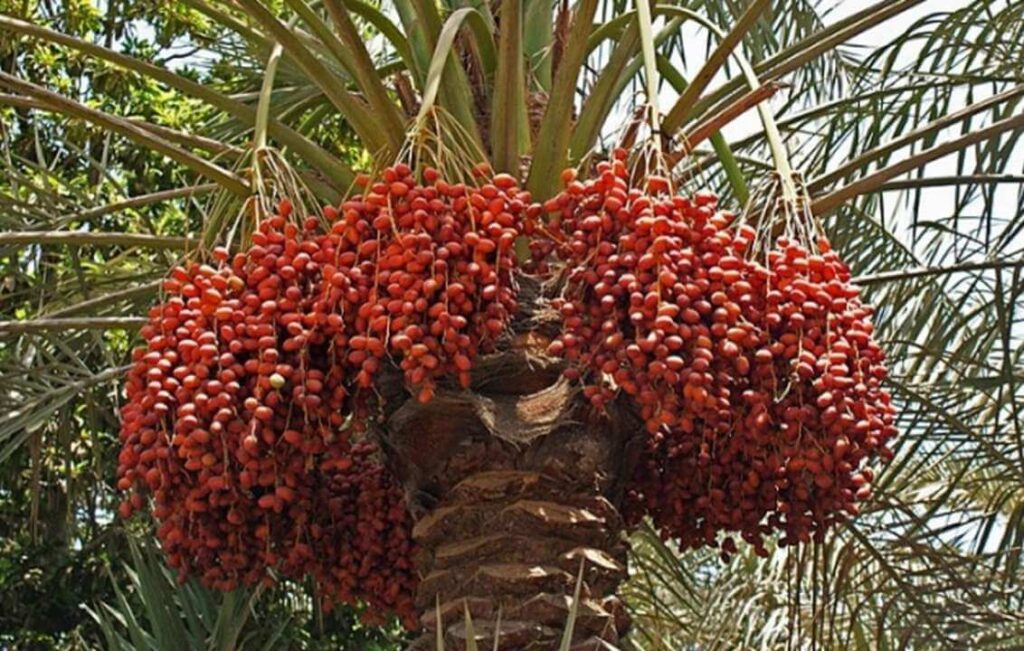
Dates are oval-shaped fruits, usually 3–7 cm long and 2–3 cm wide. When ripe, their color can range from bright red to golden yellow, depending on the variety. Each date has one long, narrow seed about 2–2.5 cm in length. There are three main types of dates: soft (like Medjool), semi-dry (like Deglet Noor), and dry (like Thoory).
9. Coconut
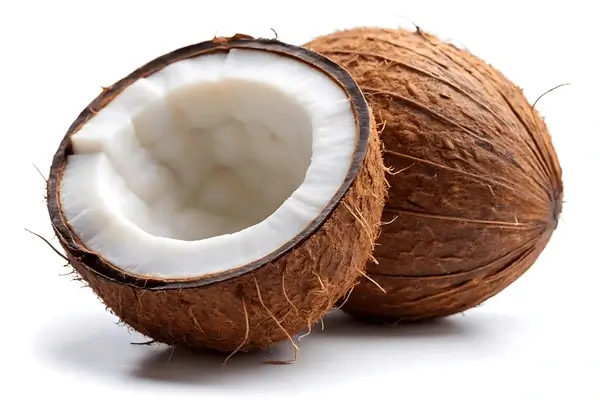
The coconut (Cocos nucifera) is a drupe, not a true nut, and comes from the coconut palm, a tropical tree of the palm family. It has three layers: the smooth outer skin (exocarp), the fibrous husk (mesocarp), and the hard shell (endocarp). Inside the shell is the edible white flesh and coconut water. Coconuts are common in tropical regions worldwide and are an important cultural and economic resource, with uses ranging from food and drink to fiber and fuel.
10. Lychee
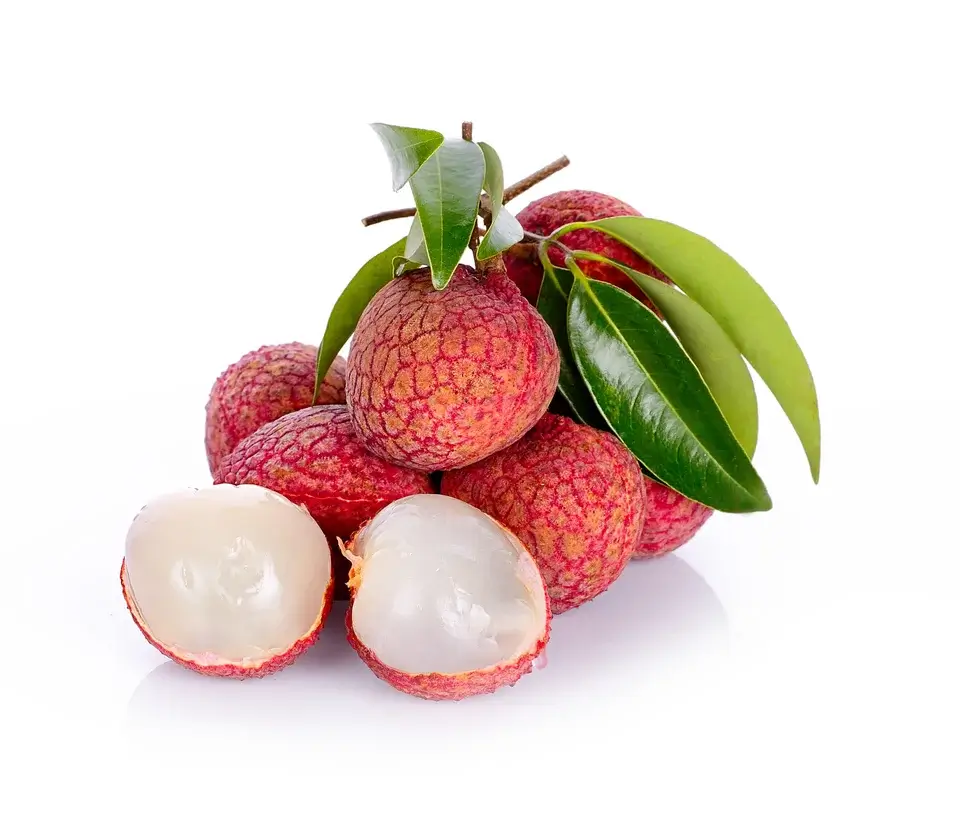
Lychees are tropical stone fruits with a thin red rind that peels away to reveal juicy, translucent flesh. Their floral sweetness and perfume-like aroma make them especially refreshing. Like other drupes, they hide a single shiny brown pit at the center. Though small, lychees are full of flavor and are enjoyed fresh, canned, or used in drinks and desserts across Asia and beyond.
11. Longan
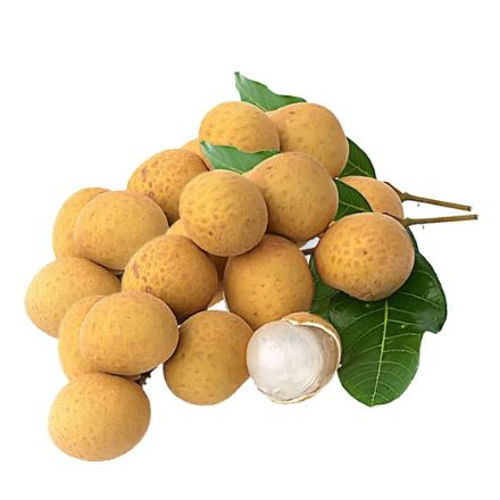
Longans, sometimes called “dragon’s eye,” are close relatives of lychees. Their thin, tan shell cracks open easily to uncover sweet, musky, translucent flesh and a glossy black stone inside. That large seed makes them part of the stone fruit family. Popular in many Asian cuisines, longans are eaten fresh or dried, where they develop a honey-like taste often used in soups, teas, and desserts.
12. Rambutan
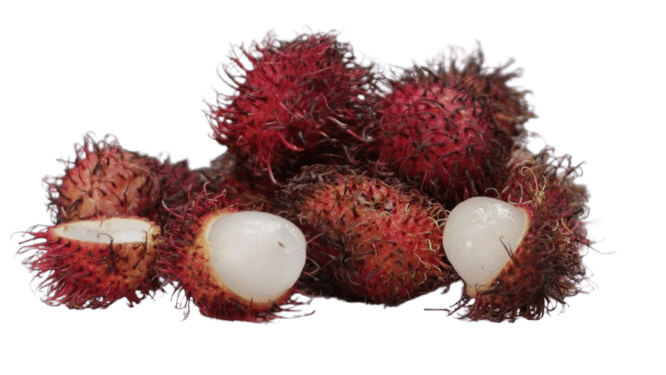
Rambutans are instantly recognizable by their spiky, red-and-green skin that hides juicy, grape-like flesh. Peel away the hairy rind, and you’ll find the hallmark of a stone fruit: a single seed encased inside. Rambutans taste sweet with a gentle tang, similar to lychee but slightly creamier. Native to Southeast Asia, they’re prized as a refreshing snack and are often sold in large clusters.
13. Damson
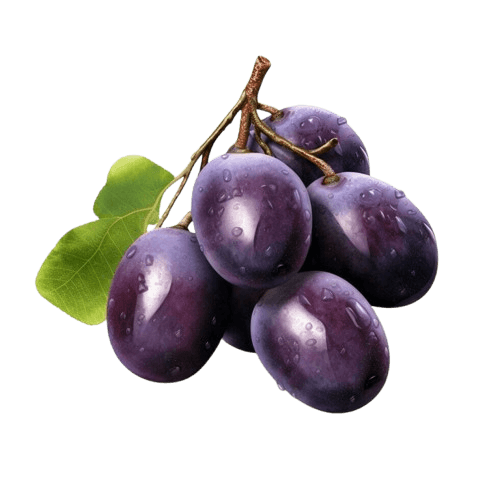
Damsons are small, plum-like stone fruits with deep purple skin and firm yellow-green flesh. Unlike sweet plums, damsons are tart and slightly astringent, which makes them perfect for preserves, jams, and baking. Their central pit clasps tightly to the flesh, marking them as clingstone drupes. Though not often eaten raw, damsons have long been valued in European kitchens for their bold flavor.
14. Sloe (Blackthorn Fruit)
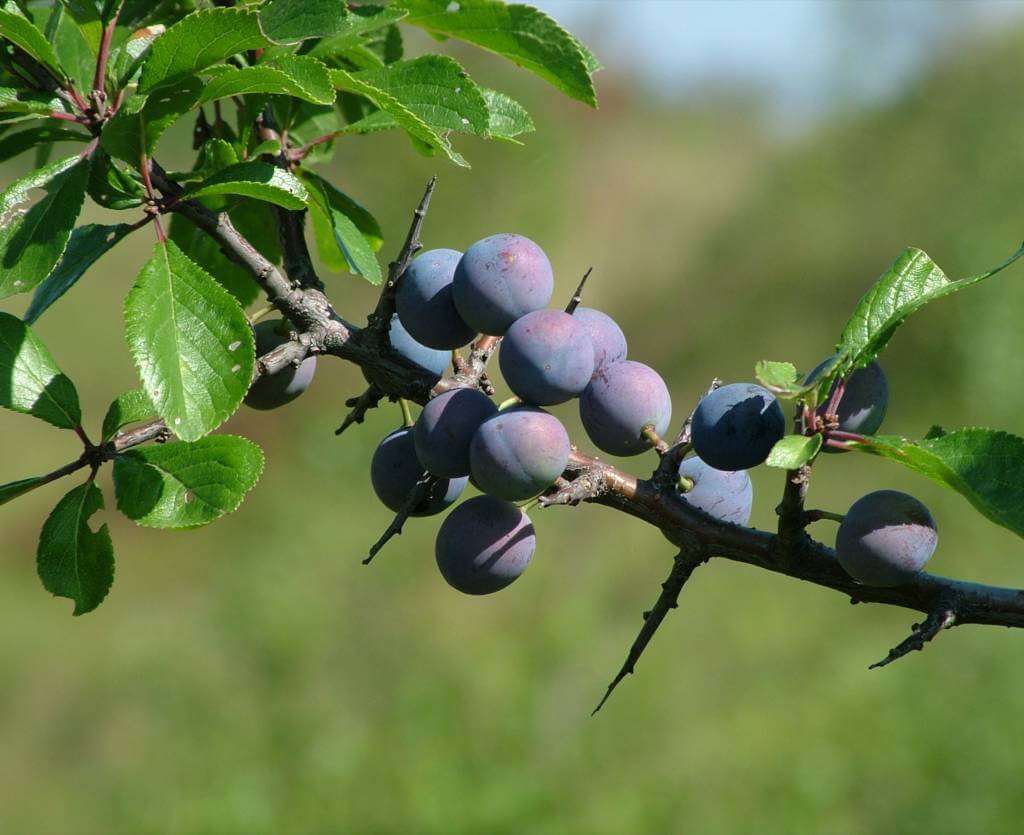
Sloes are the dark, almost black fruits of the blackthorn tree, and like all drupes, they contain a single hard stone inside. They’re much too sharp to eat raw but are famous for flavoring sloe gin, a warming winter liqueur. Their tart, inky taste has made them a forager’s favorite in hedgerows across Europe, where they ripen late in the autumn season.
15. Hackberry
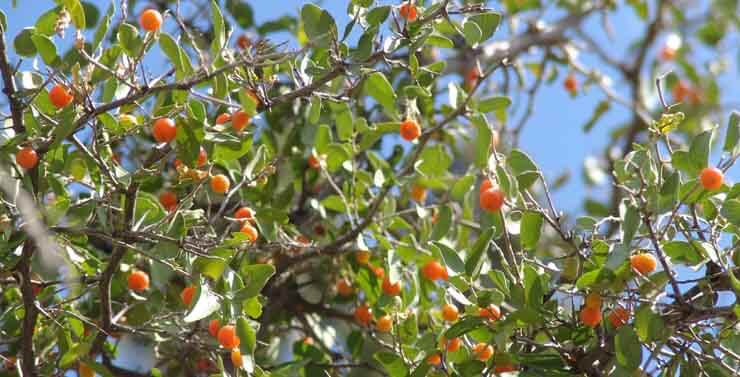
Hackberries may look like small berries, but they’re actually drupes — each fruit contains a crunchy seed stone at its core. When ripe, they turn red to deep purple and can cling to branches even into winter. Wildlife loves them, but people have also eaten them fresh or dried for centuries. Sweet with a nutty center, hackberries are a lesser-known but true stone fruit.
16. Jujube
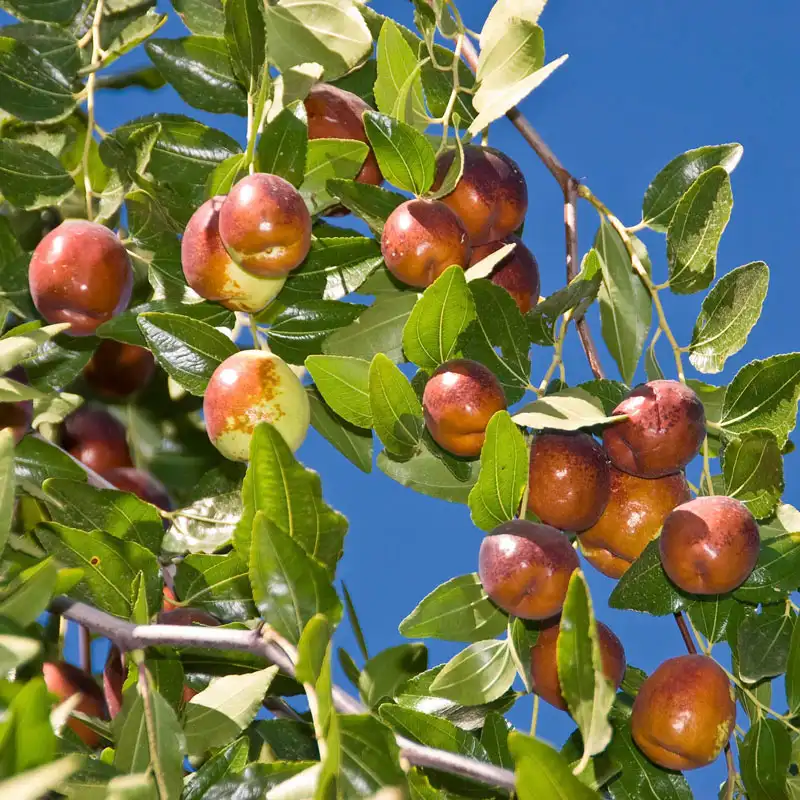
Jujubes, sometimes called Chinese dates, are small stone fruits that ripen from green to reddish-brown. Fresh jujubes are crisp like apples, while dried ones resemble wrinkled dates with a chewy, sweet flavor. Inside each fruit lies a single hard pit, which classifies them as drupes. Long valued in traditional medicine and cuisine, jujubes are enjoyed across Asia and the Middle East.
17. Almond

Though often thought of as nuts, almonds are actually stone fruits. The edible “nut” is the seed found inside a tough shell, which itself sits within a leathery outer hull. This layered structure makes almonds true drupes, related to peaches and plums. Once harvested and dried, their seeds become one of the world’s most popular foods, used in everything from snacks to pastries.
18. Pluots, Plumcots, and Apriums
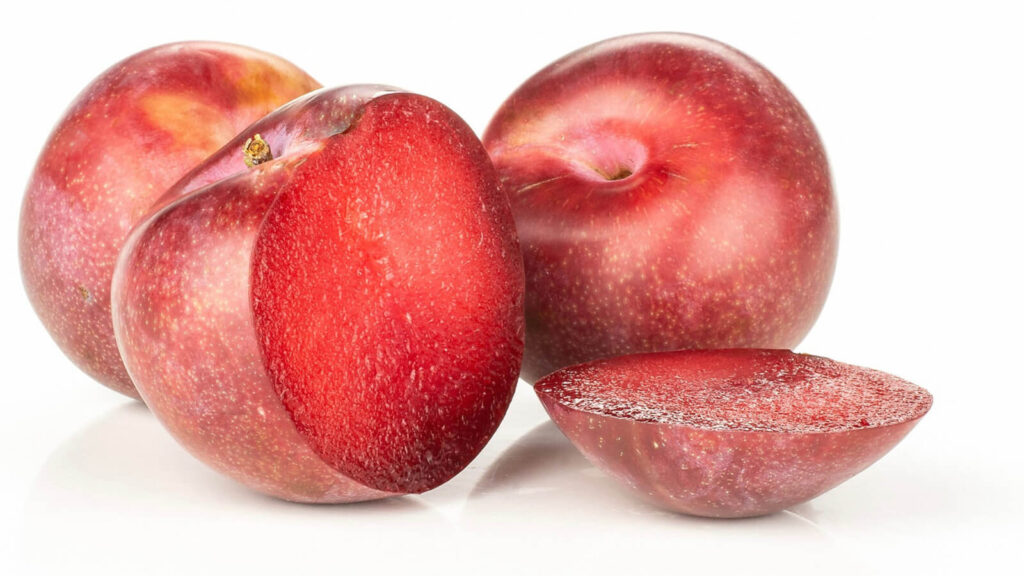
These hybrids bring together the best of plums and apricots, and like their parent fruits, they belong to the stone fruit family. Each has a juicy outer flesh wrapped around a hard pit in the center. Depending on the variety, the taste can lean sweeter like apricots or tangier like plums, making them a fun and flavorful twist on traditional stone fruits.
19. Cristobalina
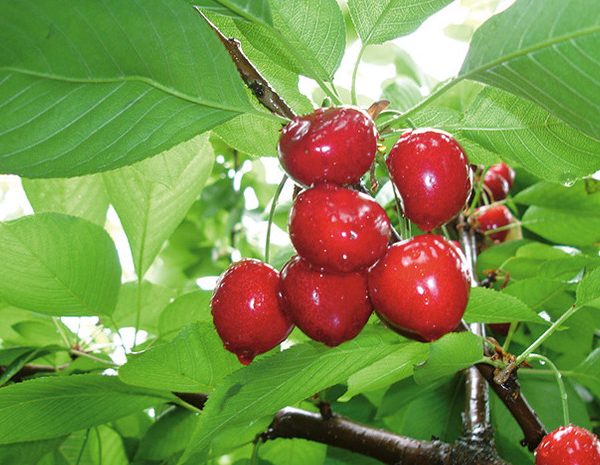
Cristobalina is a Spanish heirloom cherry variety that produces bright red fruits early in the season. Inside the soft, sweet flesh sits a hard pit, making it a classic stone fruit. This cherry is loved for its reliable harvests and resistance to cracking, and its ability to thrive in warmer climates with low winter chill makes it especially prized by growers.
20. Craig’s Crimson
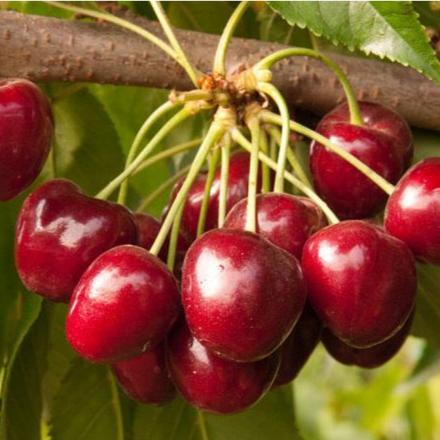
Craig’s Crimson is a sweet cherry variety known for its deep red, almost black fruit. Like other cherries, it holds a hard stone in the middle, surrounded by juicy flesh. The fruit has a unique spicy-sweet flavor that stands out from common cherry types. Compact and semi-dwarf in growth, this cherry tree is popular for both home gardens and orchards.
Uncommon Stone Fruits
Not all stone fruits look like the classic peach, plum, or cherry. Some, like mulberries, raspberries, and blackberries, may surprise you. Though they are often called berries, they’re technically made up of many tiny drupes, called drupelets. Each little segment holds a small stone-like seed, which makes them part of the wider stone fruit family in a less obvious way.
21. Raspberries

Raspberries may look delicate, but each berry is actually made up of dozens of tiny drupelets, each containing a single seed. These drupelets come together to form the fruit we recognize as a raspberry. What makes raspberries special compared to their blackberry cousins is the hollow core left behind when you pick them—the central stem, or torus, stays on the plant rather than with the fruit. This small detail still ties them to the drupe family, making raspberries a fascinating example of how diverse stone fruits can be.
22. Blackberries
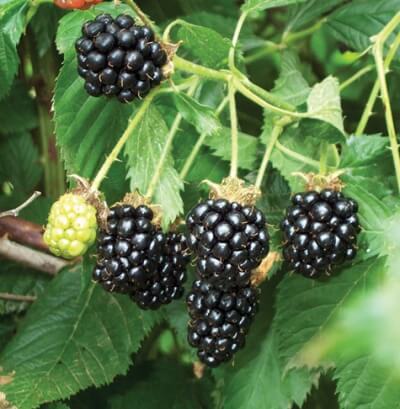
Blackberries are another surprise member of the stone fruit family. Like raspberries, they are an aggregate fruit built from drupelets, but unlike raspberries, the torus remains attached to the fruit when picked. This is why blackberries feel more solid and juicy than the hollow raspberries. Known for their rich, dark color and sweet-tart taste, blackberries carry the hallmarks of stone fruits, with each tiny drupelet housing a seed of its own.
23. Mulberries
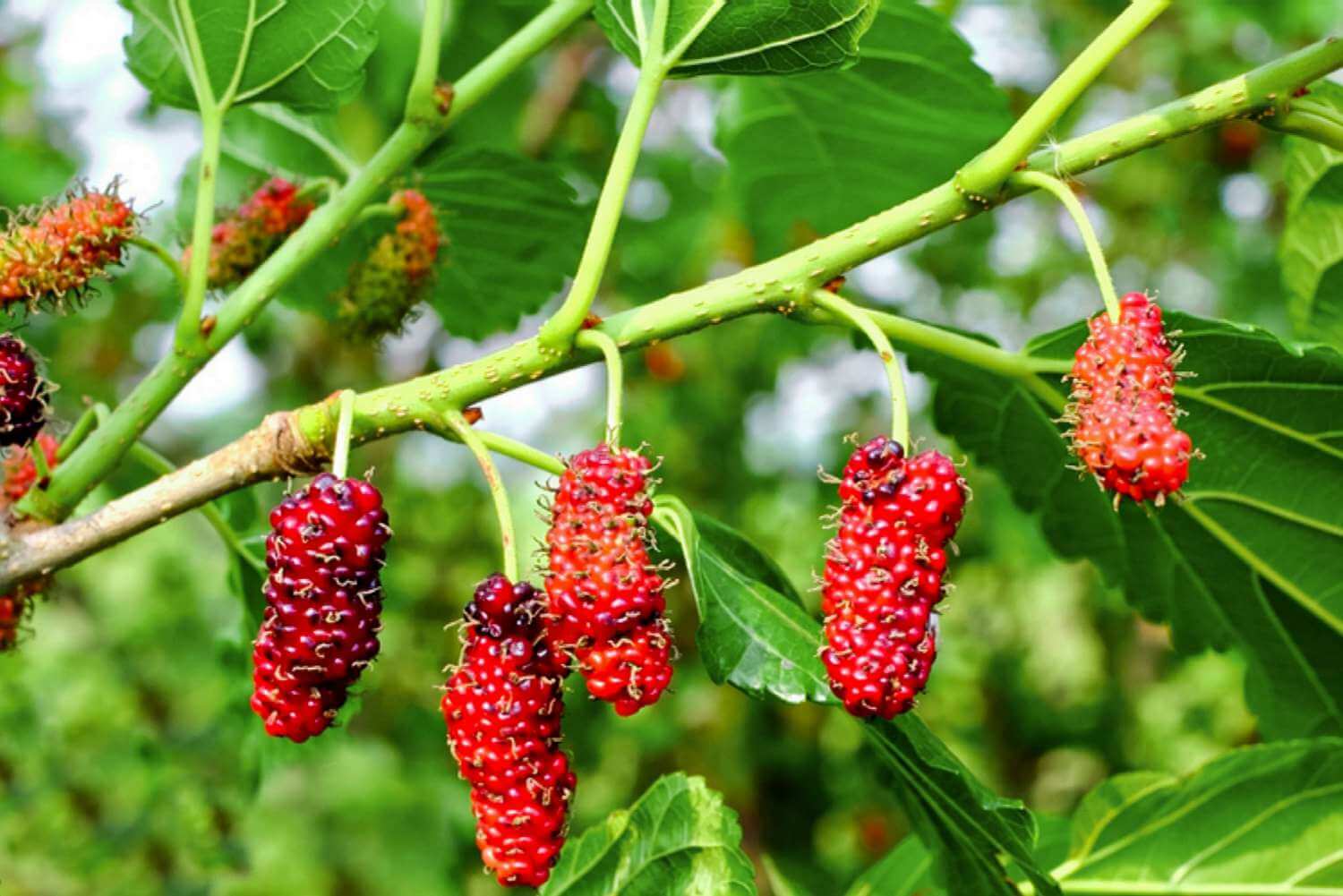
Mulberries, though often grouped with berries, are closer in structure to stone fruits than most people realize. Each mulberry is a cluster of drupelets formed from many flowers that fuse together, creating a fruit that is technically a multiple drupe. As they ripen, mulberries shift from pale green or yellow to shades of pink, red, and finally deep purple or black, developing their characteristic sweetness. Each drupelet contains a seed, reinforcing their link to the drupe or stone fruit family.
Discover Other Fruit Category Examples:
- Examples of Dehiscent Fruits
- Examples of Schizocarp Fruits
- Examples of Sorosis Fruits
- Examples of Accessory Fruits
- Examples of Follicle Fruits
- Examples of Pome Fruits
- Examples of Drupe Fruits
- Examples of Capsule Fruits
- Examples of Multiple Fruits
- Examples of Aggregate Fruits
- Examples of Achene Fruits
- Examples of Fleshy Fruits
